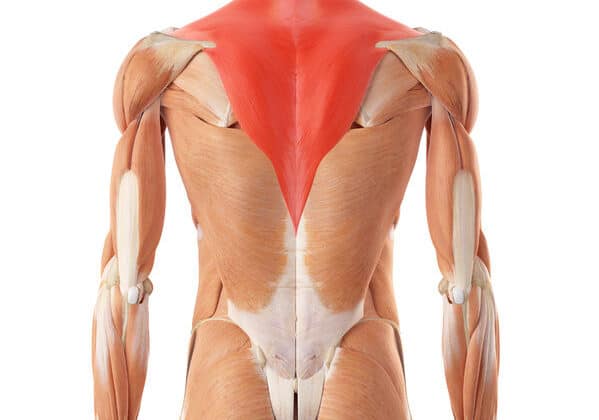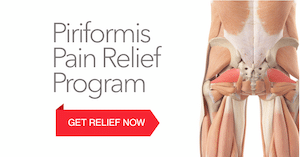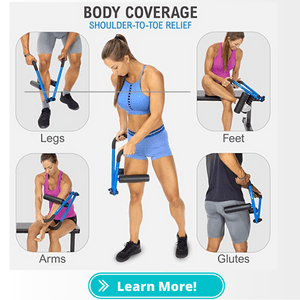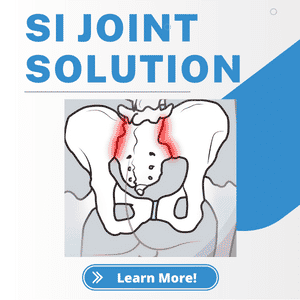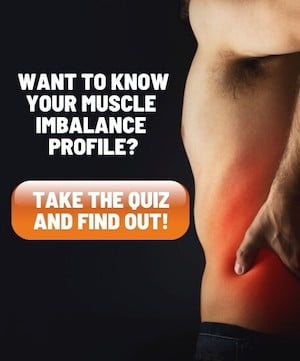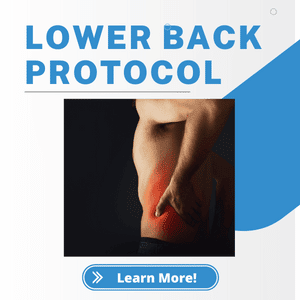Foam Rolling 101: Your All-in-One Guide to Pain Relief and Flexibility

Foam rolling, also known as self-myofascial release, has become an increasingly popular practice among athletes, fitness enthusiasts, and physical therapy patients. But what exactly does foam rolling do to your body? How does it provide its purported benefits?
In this comprehensive guide, we will explore the origins and evolution of foam rolling, the science behind how it works, proper techniques to utilize it, and the evidence-based benefits it can provide.
First developed by physical therapists to help patients, foam rolling has now become a mainstream recovery and mobility practice. But the techniques and expected benefits have developed in parallel with the research. Many assume foam rolling “breaks up adhesions” or “releases tight muscles,” but the mechanical effects may not be that straightforward.
By evaluating the research on foam rolling’s effects on range of motion, pain sensitivity, and more, we can categorize its impacts into mechanical, physiological, neurological, and psychobiological effects. We will break down what the science says about each of these categories to explain how foam rolling influences the body and mind.
With a research-backed understanding of how foam rolling works, individuals can utilize it in their training and recovery more effectively. Our guide will cover proper foam rolling techniques for both beginning and advanced fitness enthusiasts. We’ll also provide specific recommendations for athletes, rehabilitation patients, seniors, and other groups looking to experience its benefits.
History of Foam Rolling
Once a practice reserved for physical therapists and professional athletes, foam rolling has become accessible to all. Discover the history and evolution of this remarkable tool.
- Foam rolling has its roots in myofascial release techniques used by physical therapists to treat patients.
- Dr. Moshe Feldenkrais, an Israeli physicist, was the first to use a foam roller for self-massage in the 1970s.
- Foam rolling was popularized by his students and eventually adopted by therapists, trainers, and athletes.
- Variations like vibrating foam rollers, rumble rollers, and massage sticks emerged as foam rolling gained popularity.
- Foam rollers are now a mainstream recovery tool found in gyms and homes worldwide.
Who Can Benefit
Foam rolling has become a mainstream practice utilized by everyone from elite athletes to recreational fitness enthusiasts. However, due to limited and sometimes contradictory scientific research, it’s unclear exactly who can realistically benefit from foam rolling techniques.
Based on the current research, here is a breakdown of who may benefit from foam rolling:
- Elite athletes: Studies show foam rolling may provide minor performance benefits for elite athletes who are training at very high volumes. However, the effects tend to be short-lived.
- Recreational athletes: For most regular gym-goers and casual fitness enthusiasts, the benefits of foam rolling are less clear. More research is needed to determine if foam rolling provides any advantages over proper warm-ups and cooldowns for flexibility.
- Patients in physical therapy: Under the guidance of a physical therapist, foam rolling may help relieve muscle tension and discomfort after injuries or surgery. However, patients with acute inflammation should avoid foam rolling painful areas.
- Chronic pain patients: Some research indicates foam rolling can temporarily reduce feelings of muscle pain and soreness. However, more studies are needed to determine if it provides lasting pain relief.
- Fitness class participants: Many yoga, Pilates, and group fitness classes have incorporated foam rolling. While participants may enjoy the practice, there’s no evidence it provides added benefit over traditional mobility warm-ups.
More research is still needed to clarify exactly who can realistically expect to benefit from foam rolling. Many individuals continue to use foam rollers because they subjectively feel better after use. However, the science is still unclear regarding any evidence-based advantages for most mainstream fitness and rehab applications.
Different Types of Foam Rollers
Foam rollers come in various shapes, sizes, and textures. From smooth to ridged, soft to firm, there’s a foam roller for every need. Learn more about the different types of foam rollers and find the one that’s right for you. Explore our product reviews for top recommendations.
- Smooth foam rollers: Basic foam rollers with a uniform surface. Beginners may prefer a smoother, softer density.
- Textured foam rollers: Designed with ridges, nobs, or grooves for increased pressure on tissues.
- Vibrating foam rollers: Feature internal components to provide vibration while rolling. However, claims of increased blood flow and massage benefits are unproven.
- Rumble rollers: Made from hard rubber with protruding balls to mimic massage pressure points. For advanced self-massage.
- Foam rolling sticks: Resemble rolling pins to target smaller areas like the calves, arms, and back.
- Balls: Tennis, lacrosse or other balls can provide focused pressure. Cheap DIY option.
Foam Rolling Techniques
Whether you’re a beginner or a seasoned pro, our guide to foam rolling techniques has something for everyone. Discover basic and advanced techniques to enhance your recovery and performance.
Basic Rolling Techniques
- Slowly roll over muscles using body weight pressure for 20-40 seconds per area. Avoid bones and joints.
- Focus on large muscle groups like quads, hamstrings, calves, glutes, lats, and upper back.
- Adjust pressure and speed as needed. Discomfort is normal but pain indicates you should lighten up.
- Roll before exercise as part of warm up routine to enhance range of motion.
- Roll after exercise during cool downs to help reduce muscle soreness.
Advanced Rolling Techniques
- Flossing – Keep foam roller stationary while moving the targeted body part back and forth.
- Vary cadence – Increase pressure by pausing for 1-2 seconds over tender areas.
- Layering – Stack limbs on top of each other to increase pressure on muscles.
- Supported positions – Use wall or bench to allow gravity to increase pressure.
- Review our video tutorials for step-by-step guidance on basic and advanced foam rolling techniques.
Benefits of Foam Rolling
- Improved flexibility: Research shows foam rolling improves range of motion in joints, though effects dissipate within 10-15 minutes. Regular use enhances overall flexibility.
- Reduced muscle soreness: Foam rolling following exercise appears to help decrease delayed onset muscle soreness by increasing blood flow to tissues.
- Enhanced circulation: The pressure and motion increases blood flow to muscles and soft tissue allowing better oxygen circulation.
- Better range of motion: Foam rolling can reduce muscle tightness allowing for freer movement.
- Pain relief: The pressure stimulates the nervous system providing temporary pain relief in overused and sore muscles.
Foam Rolling for Specific Audiences
Foam rolling isn’t just for athletes. Whether you’re into yoga, weightlifting, or recovering from an injury, foam rolling can be tailored to your needs.
- Runners: Focus on foam rolling the IT band, hamstrings, quads, and calves which take a pounding during runs.
- Weightlifters: Target the lats, chest, upper back, glutes and thighs between heavy lifting sets.
- Yogis: Use foam rolling to open hips, inner thighs, and shoulders before stretching for greater mobility.
- Rehab patients: Work with a physical therapist to use foam rolling to aid in recovery from injuries, strains or surgery.
- Seniors: Gentle foam rolling can help improve circulation and flexibility allowing for greater mobility.
Equipment and Accessories
From choosing the right foam roller to discovering handy accessories, our equipment guide has you covered.
Foam Rollers
Foam rollers come in a variety of densities, sizes, and textures to suit different needs. Consider these factors when selecting a roller:
- Density: Firmer rollers provide more intense pressure. Softer ones are more gentle. Choose based on your sensitivity and experience level.
- Size: Standard rollers are 6 x 12-18 inches. Longer 36 inch rollers allow you to lie on top. Shorter rollers are more portable.
- Shape: Half-round and full-round shapes are available. Some have ridges or bumps for targeted massage.
- Material: More expensive EPP/EVA foam is durable and long-lasting. Cheaper styles may deteriorate faster.
Other Equipment
- Rolling sticks: Target smaller areas like forearms, legs, and upper back. Easier to transport than rollers.
- Lacrosse balls: Place on knots or trigger points for focused, intense pressure. An affordable DIY option.
- Yoga blocks: Use underneath elbows, knees, or back for support and stability during foam rolling.
- Mats: Provide cushioning and prevent slipping. Helpful for beginners.
Consider starting with an inexpensive, medium-density foam roller to determine your preferences before investing in more advanced equipment. Review our top product recommendations.
Conclusion
While the research is still emerging, many individuals report subjective benefits from foam rolling. It can be a useful tool as part of a warm-up or cool-down routine, with guidance from a therapist or trainer. However, the science is unclear about lasting performance and recovery advantages for most. Focus on proper technique and avoid excessive pressure.
Tags In
Sam Visnic
Most Popular Posts
Categories
- Deep Gluteal Pain Syndrome (8)
- Deltoids (2)
- Foam Rolling (2)
- Glutes (9)
- Hamstrings (5)
- Hypnosis for Pain (3)
- Lats (2)
- Levator Scapulae (4)
- Lifestyle (8)
- Massage Therapy (39)
- Mobility (21)
- Movement and Exercise (19)
- Muscles (22)
- Nutrition (2)
- Obliques (1)
- Pain (25)
- Pectorals (3)
- Piriformis (3)
- Plantar Fasciitis (11)
- Psoas (11)
- Quadratus Lumborum (3)
- Quadriceps (2)
- Rhomboids (3)
- Sciatica (1)
- Serratus Anterior (1)
- SI Joint (14)
- Sternocleidomastoid (1)
- Stretching (18)
- Subscapularis (1)
- TMJ (2)
- Trapezius (1)
- Uncategorized (12)

